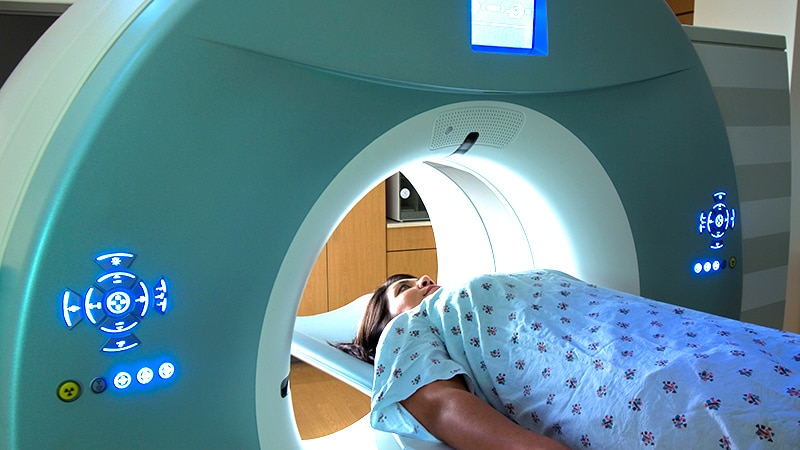Systemic inflammation, measured by the modified Glasgow Prognostic Score (mGPS), is independently prognostic of inferior survival in patients with anal squamous cell cancer, according to research led by the University of Glasgow.
The study led by the University of Glasgow, assessed the value of inflammation-based prognostic indicators, including the mGPS (0 = normal C-reactive protein [CRP] and albumin; 1=CRP >10 mg/l; and 2=CRP >10 mg/l and albumin <35 mg/l) and neutrophil:lymphocyte ratio (NLR), in patients with SCCA receiving chemoradiotherapy (CRT) with curative intent.
Patients with histologically confirmed SCCA were identified from pathology records. Medical records were retrospectively reviewed. The mGPS (0=normal C-reactive protein [CRP] and albumin, 1=CRP >10 mg/l and 2=CRP >10 mg/l and albumin <35 mg/l) and NLR were calculated from routine blood tests obtained prior to CRT.
In total, 118 patients underwent CRT between December 2007 and February 2018. Of these, 99 patients had the necessary pre-treatment blood results available.
Systemic inflammation, as indicated by NLR >3 and mGPS >0, was present in 41% and 39% of patients, respectively. Most patients had T2 or larger tumours (86%) without nodal involvement (65%).
An elevated mGPS was associated with more advanced T-stage (56% vs 35%; P=0.036). NLR >5 was associated with nodal positivity (56% vs 31%; P=0.047) compared with NLR <5.
On multivariate analysis, more advanced T-stage (odds ratio [OR] 7.49; 95% CI 1.51-37.20; P=0.014) and a raised mGPS (OR 5.13; 95% CI 1.25-21.14; P=0.024) were independently related to incomplete CRT response.
An elevated mGPS was prognostic of poorer survival (hazard ratio [HR] 3.09; 95% CI 1.47-6.50; P=0.003) and cancer-specific survival (HR 4.32; 95% CI 1.54-12.15; P=0.006), independent of TNM stage.
The authors say the mGPS may offer a simple marker of inferior outcome that could be used to identify high-risk patients.



